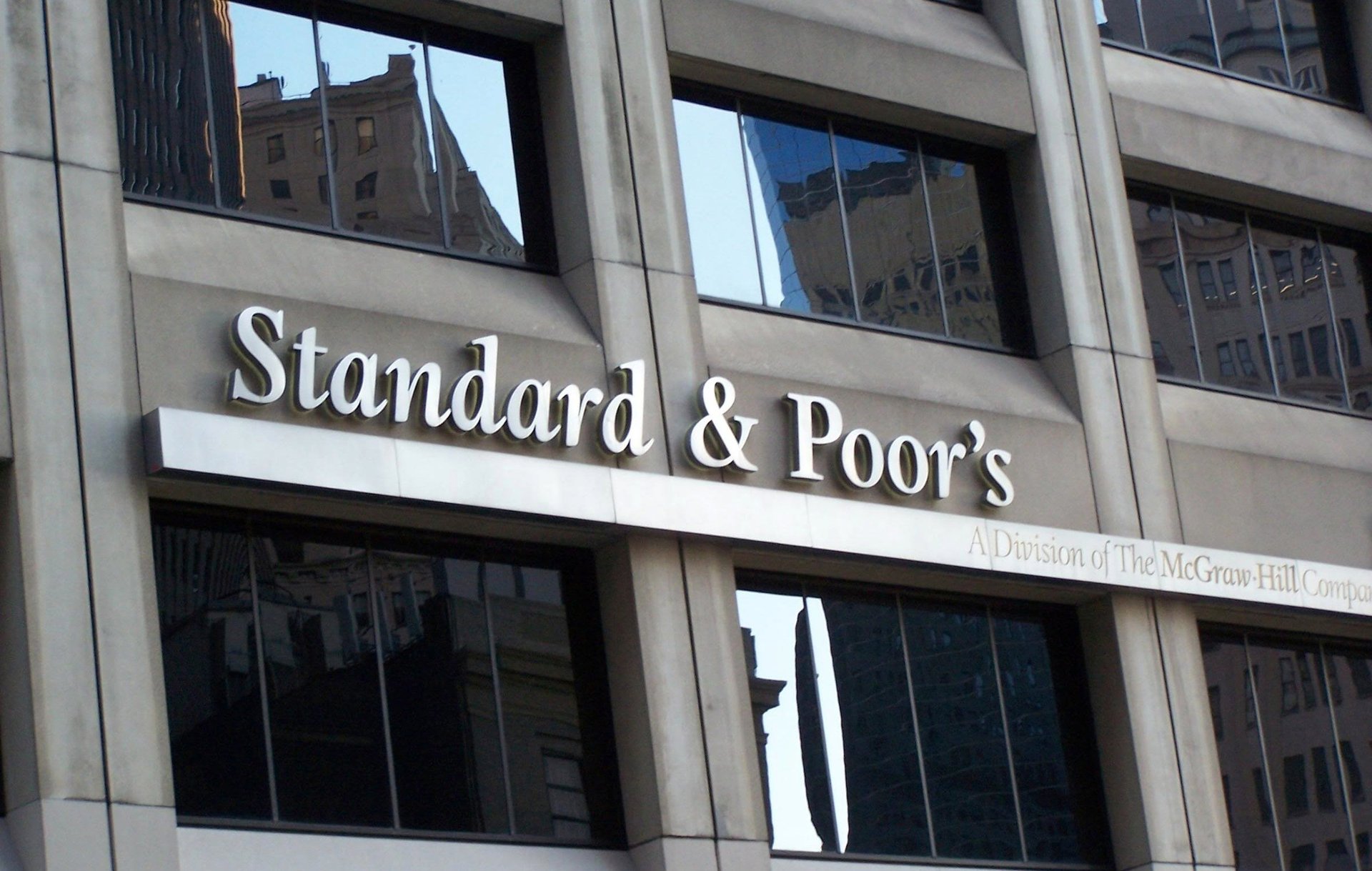Finally, the US sues a credit rating agency for ratings distorted by greed
The US Justice Department has filed a civil lawsuit against bond rating firm Standard & Poor’s, and its corporate parent, McGraw-Hill, saying “considerations regarding fees, market share, profits, and relationships with issuers improperly influenced S&P’s rating criteria and models,” even as the company told investors its ratings were “objective, independent, uninfluenced by any conflicts of interest.” (The Wall Street Journal has a copy of the full complaint here.)


The US Justice Department has filed a civil lawsuit against bond rating firm Standard & Poor’s, and its corporate parent, McGraw-Hill, saying “considerations regarding fees, market share, profits, and relationships with issuers improperly influenced S&P’s rating criteria and models,” even as the company told investors its ratings were “objective, independent, uninfluenced by any conflicts of interest.” (The Wall Street Journal has a copy of the full complaint here.)
In response to the lawsuit, S&P stated that ”the DOJ would be wrong in contending that S&P ratings were motivated by commercial considerations and not issued in good faith.”
But this is far from the first time anyone has raised such questions about credit ratings on some of the packages of mortgage bonds that blew up during the financial crisis. We offer you a brief review of some of the lowlights, below.
- The 2005, instant-messaging exchange between two S&P officials illustrates the point:
Rahul: btw – that deal is ridiculousShannon: i know right .. model def does not capture half of the ris[k]
Rahul: we should not be rating it
Shannon: we rate every deal
Shannon: it could be structured by cows and we would rate it
Rahul: but there’s a lot of risk associated with it – I personally don’t feel comfy signing off…
- In 2006, David Tesher, a co-director of CDO ratings at S&P, tacitly acknowledging the mismatch between profits and the quality of the work generating them when he told a colleague: “Don’t kill the golden goose.” Another S&P official wrote to a colleague, “Let’s hope we are all wealthy and retired by the time this house of cards falters.”
- In 2007, Eric Kolchinsky, a former Moody’s analyst, told Congress that “senior management favored revenue generation over ratings quality and was willing to dismiss or silence those employees who disagree with these unwritten policies.” Now the Department of Justice says S&P’s ratings were influenced by worries the firm would lose out on lucrative fees if its ratings accurately reflected the risks of those investments.
- As the CEO of Moody’s explained in September 2007: “It was a slippery slope. What happened in 2004 and 2005 with respect to subordinated tranches [the riskiest tranches of CDOs] is that our competition, Fitch and S&P, went nuts. Everything was investment grade.”
- In January 2011, the Financial Crisis Inquiry Commission described the rating agencies (pdf, p. xxv) as “key enablers of the financial meltdown.”
To be fair, forces on all sides of the market—regulators, banks and issuers, investors, homeowners—were implicated in the financial crisis. But rating agencies such as S&P, Moody’s, and Fitch played a unique role in the development of structured finance—the business of slicing, dicing and packaging financial instruments in such a way that risky loans were supposedly transformed into supersafe investments. And we all know how that worked out.